Peanuts: growing, tips and tricks
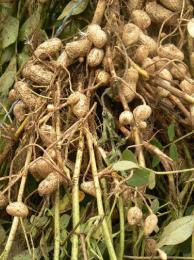
Many people love to eat peanuts. Its second name is groundnut; its cultivation is very similar to caring for potatoes.
Harvesting this plant brings a lot of pleasure. After all, for good care the bush will give you a lot of nuts. To do this, you should know the nuances of growing this crop.
Content:
- Growing technology and soil preparation
- Sowing and watering
- Plant care and harvesting
- For what reason are there no shoots?
Growing technology
Peanuts develop well in warm soil. It is also important for him to receive proper lighting, so you should protect him from the shadows.
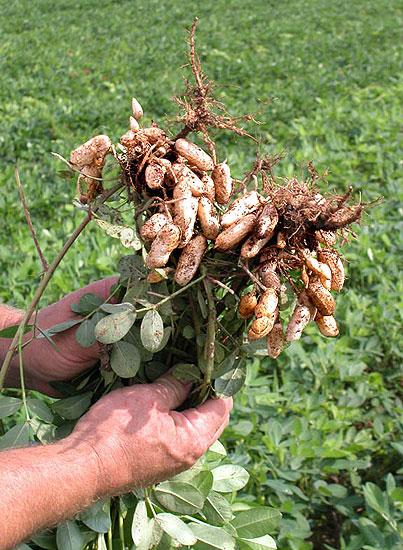
You also need to pay attention to the soil, it should be saturated with calcium and magnesium. If the soil is highly acidic, then you can add lime or chalk to it.
Peanuts will not be able to grow in saline soil. In this case, procedures should be carried out to reduce salinity; for this, phosphogypsum is added, for example.
Seeds are able to germinate if the temperature does not drop below 12-14 degrees. But it’s best if it is 25-30 degrees.
It is also important to monitor the heat, since frost has a detrimental effect on groundnuts. If the temperature drops below zero, the beans will lose their germination.
It is also important to maintain soil moisture, as peanuts need this, especially when they begin to bloom. But stagnation of water will also have a bad effect on the plant.
If you heavily moisten groundnuts in September, the fruits will take longer to ripen.It is required to adhere to all rules regarding the cultivation of peanuts.
Only in this case will it develop correctly and bear fruit. Otherwise, its roots may rot, and spots from various diseases will appear on the leaves.
For good growth of groundnuts, you should prepare soil. It should be the same as for potatoes. To sow peanuts, beans and seeds are used. It is better to choose seeds from a box.
Initially, they should be disinfected with a solution of potassium permanganate, and after that they can be planted in the ground.
The main thing is that there is no frost. Therefore, it is recommended to be guided by when the cucumbers are planted. Peanuts can be planted at this time.
A hole is dug in the ground, into which 3-6 seeds are placed. There should be a distance of one meter between rows. The depth should be about 15 centimeters.
Sowing and watering
When the frosts stop appearing and the soil warms up enough, then you can start planting groundnuts. This happens in May.
It is also necessary to take into account that frosts may return on May 20-25, which will have a detrimental effect on peanuts.
Seeds should be planted when they are almost dry. Some gardeners recommend sowing whole beans. Everything that remains from the leaves should be thrown into the hole, since the remains will later act as fertilizer for the roots.
It is best to sow peanuts in squares, but it is also possible to sow them in rows. It is necessary to carefully review the seeds; for sowing they are selected in large sizes. If you plant small beans, they will not sprout.
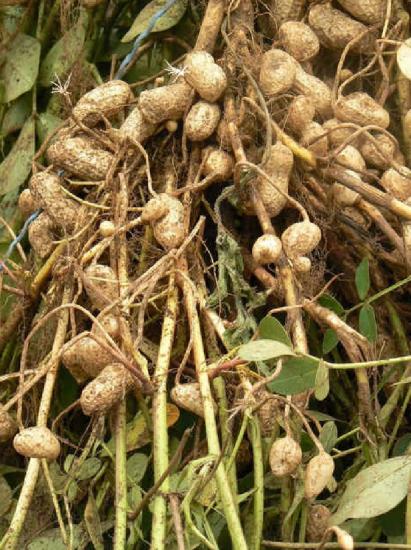
Groundnuts love moisture, so you should be especially careful about watering. You need to water the plant once every six months. The procedure should be more frequent if the weather is hot.
This often happens in July and August. Water for glaze It shouldn’t be cold, it should be warmed up a little from the sun’s rays.
Plant care and harvesting
Peanuts also need proper care, which includes removing weeds and loosening. Also, we must not forget about watering, since we must not allow the soil to dry out.
After the inflorescences appear, you should start hilling the peanuts. It is better to perform this procedure after a good watering.
And after the bush stops blooming and fruits begin to appear, hilling should be done more often. Watering should be stopped several weeks before harvesting is planned.
For example, if the owners are going to choose peanuts in September, then they should not water the groundnuts from the second half of August.
If the area where peanuts grow becomes overgrown weeds, the harvest will be poor, or even completely absent. Therefore, special attention must be paid to care.
Groundnut fruits improve when fertilizers are added to the soil. This procedure must be repeated 3 times per season. This is especially important when leaves, fruits, and buds appear.
In addition, peanuts can be attacked by pests. Namely:
- Caterpillars
- Aphid
- Trips
Groundnuts can also suffer from diseases:
- rotting of stems and roots
- viral disease
- spotting due to fungi
In such situations, you need to immediately implement certain measures to eliminate the problem. Otherwise, the plant may die.
It is difficult to say exactly when groundnuts will be ready for harvest, since peanuts ripen under the ground.
Often, fruits should be harvested at a temperature of 10 degrees. To make sure that the crop is already ripe, you can dig up one bean.By looking at it, you can assess the situation.
Fruit harvesting should occur in dry weather. The bush should be easily pulled from the ground, while the leaves should still be green.
To dig, you can use a shovel, which is used to pry up the bush and remove it. If you miss the right time to harvest, then a huge number of beans will remain in the ground.
After this, you need to dry the dug out bushes. To do this, they are placed in a sunny place. They should sit for about a week.
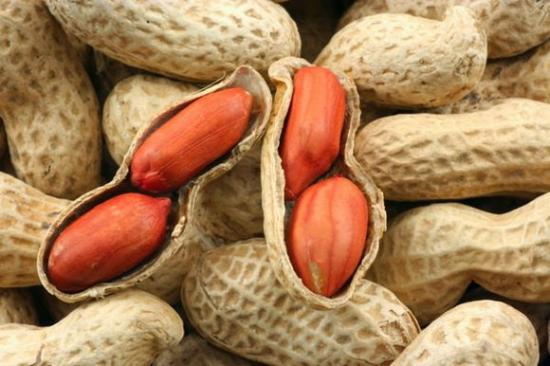
For what reason are there no shoots?
Sometimes after sowing seedlings do not appear. This may be due to various reasons. The seeds could be damaged by insects and birds. Also, beans may not sprout if they were planted dry.
Before planting seeds, they should be germinated. Also, some gardeners recommend growing seedlings. To do this, you should grow a 2-week-old plant in cups.
This will make the groundnut develop faster. This method can also protect the plant from the mole cricket, which spoils the seeds of various crops.
Therefore, it is better to sow seeds that have already sprouted. In addition, experienced gardeners make mole cricket baits.
When the beans are first planted, they should be protected from birds, as they may find the seeds.
You need to soak the beans at the end of April. After 10 days, sprouts will appear. For a better effect, you should use a solution of potassium permanganate. Plants that have sprouted are hardened off.
To do this, they are placed in a cool place during the day and taken indoors at night. This way the groundnut will better withstand the cold.
Hardening lasts several days. By the way, this procedure should be applied to all plants that love warmth. The emerging seedlings should be planted in cups.
But you can immediately place them in open ground, following the planting rules. Planted plants need to be covered with film.
It is removed when the weather is hot. If you follow these rules, you can harvest a good harvest in the fall.
Video about growing peanuts in Russia:
Interesting information about the vegetable garden

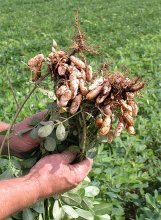
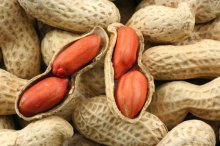
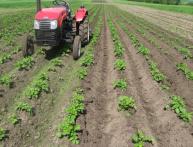

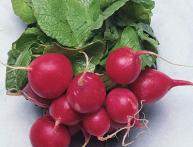
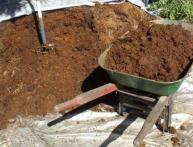
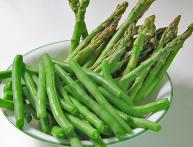
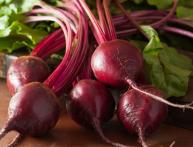
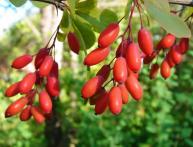
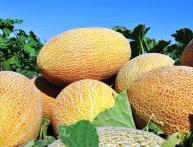
Comments
Last year I bought peanuts from the store, not roasted of course, and planted them in the ground. Before this, germinate. Well, there was no such gorgeous harvest as you have in the pictures. Maybe you got some bad seeds.
There you go, bad seeds. Which peanut seeds should I use? There are a lot of offers of seeds adapted to the terrain, but for crazy money. They also offer foreign ones, for example, Chinese peanuts (http://arahis.com/), but it is not clear whether they will take root in the south of Ukraine.